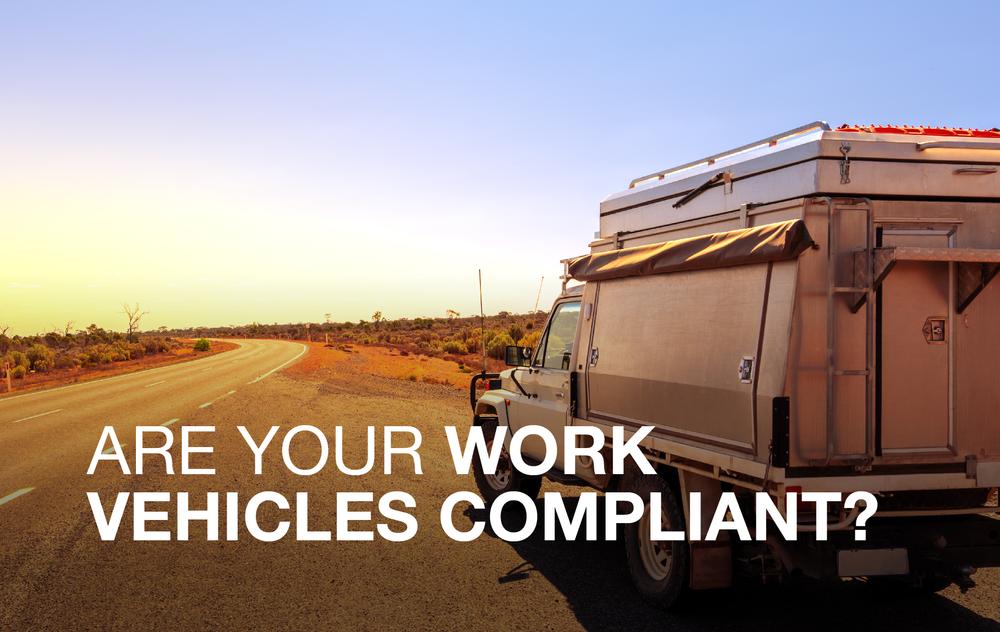 First aid is important - so important we've done a complete overview of workplace first aid compliance. However, there's something that can confuse people pretty easily, and so we're touching it on more detail - is your work vehicle compliant with WHS regulations?
First aid is important - so important we've done a complete overview of workplace first aid compliance. However, there's something that can confuse people pretty easily, and so we're touching it on more detail - is your work vehicle compliant with WHS regulations?
What do I need?
First aid is a complicated topic, and there are all kinds of different requirements based off of where you work, how many people are in your workplace, the common risks you face in the workplace...
Work vehicles, depending on how they are used, can be classified as a 'work vehicle' or a 'workplace', which can vary the WHS regulations you need to comply with. For work vehicles, you'll want an R1 kit (in hard or soft packs) designed to hold everything you'll need and more on the road. So does this mean a vehicle isn't a workplace?
The July 2019 Model Code of Practice: First aid in the workplace states
“A portable first aid kit should be provided in the vehicles of mobile workers if that is their workplace, for example couriers, taxi drivers, sales representatives, bus drivers and inspectors.”
It also explains the definition of a workplace as
“Any place where work is carried out for a business or undertaking and includes any place where a worker goes, or is likely to be, while at work. This may include offices, factories, shops, construction sites, vehicles, ships, aircraft or other mobile structures on land or water.”
However, R2 kits are for low risk workplaces, such as offices, retail sites, libraries, etc - so where is the line drawn?
Work Vehicle, Workplace, Work Site
Vehicles are always classified as a workplace as long as they are used for work purposes - be it for working on-site or just for transit. R1 kits are designed specifically for compliance with the WHS 2019 Regulations For Work Vehicles. However, there are R2 kits for low-risk workplaces.
Although the exact difference is a little arcane, FastAid designs their kits around the amount of people it is suited to service. R1 kits are suited for 1-10 people, and meet the regulations for work vehicles. R2 kits are suited for 1-25 people, and meet the regulations for workplaces. As such, the question should ultimately come down to how many people the kit has to cover, and the risks involved in the work at hand. A flowchart is available here.
If working on-site - i.e a contractor travelling around and doing their job on site, working from their vehicle or only with supplies from their vehicle - then it is very likely that you would need an R2 or beyond kit. You would in essence be treating your vehicle as an office for your work site.
However, if you are only using your vehicle as transport, performing light work such as acting as a sales representative, and/or all locations that you service will have first aid kits provided, then it is likely that the R1 kit will fulfil all your needs.
Of course, there are always the R3 and R4 kits, which are suitable for high-risk workplaces of 1-25 and 1-50 people respectively. These kits are excellent for construction and industrial sites, and more than exceed the requirements of a low-risk workplace, making them a safe bet for any fringe case or inconsistent risk assessments.
Regardless of which kit you need in the end, all of our first aid kits are robust and filled to the brim with everything you should need (if you selected the right kit!). You should always have a first aid kit within a minute's walking distance, and many workplaces have specific requirements that require additional modules. This should all be a component of your risk assessment, so make sure you're compliant today.
For further information, clarification, or just for a chat about what kit would be right for you, feel free to contact us or our friends over at FastAid (tell them we sent you!). Make sure you're getting everything you need to stay safe and compliant in the workplace today.





